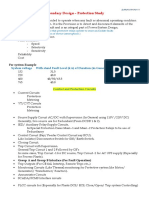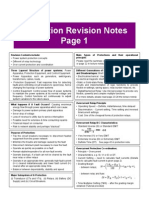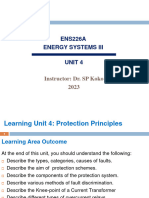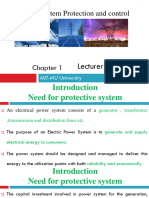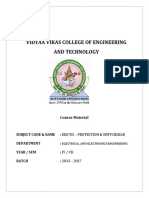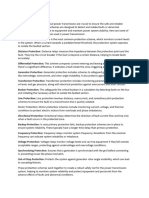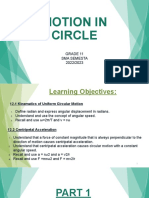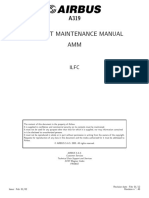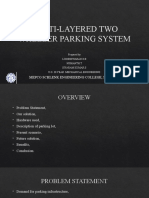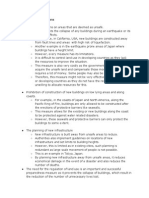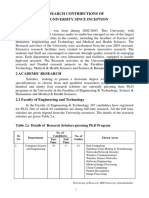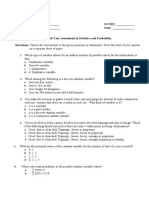Understanding Protection and Fault Analysis
Introduction to Power System Protection
Power system protection ensures the safe and reliable operation of electrical systems by:
- Detecting and isolating faults.
- Minimizing damage to equipment.
- Maintaining system stability and continuity of supply.
Key Components:
- Relays: Detect abnormal conditions and initiate the disconnection process.
- Circuit Breakers: Physically disconnect faulty sections.
- Fuses: Provide overcurrent protection.
- Instrument Transformers: Step down current/voltage for relay operation.
- Communication Systems: Coordinate protection across large networks.
Types of Faults in Power Systems
Faults occur due to insulation failure, equipment damage, or external factors (e.g.,
lightning). They are classified into:
1. Symmetrical Faults:
- Three-phase faults (balanced faults).
- High magnitude but rare.
- Example: I_f = V / Z_eq, where Z_eq is system impedance.
Diagram:
R S T
| | |
x--x--x Fault Point
2. Unsymmetrical Faults:
- More common and include:
- Single Line-to-Ground (SLG) fault.
- Line-to-Line (LL) fault.
- Double Line-to-Ground (LLG) fault.
Fault Analysis
Fault analysis determines the impact of faults on the power system to design effective
protection.
1. Per-Unit System:
- Simplifies calculations by normalizing system quantities:
Per-Unit Value = Actual Value / Base Value.
� - Reduces errors in multi-voltage level systems.
2. Fault Current Calculation:
- Using Thevenin’s equivalent:
I_f = V / (Z_sys + Z_fault).
- Example Fault: For a system with Z_sys = 0.1 Ω and Z_fault = 0.01 Ω:
I_f = 1.0 p.u. / (0.1 + 0.01) = 10 p.u.
Protection Systems
1. Overcurrent Protection:
- Activates upon excessive current.
- Uses inverse-time relays:
T = k * (1 / (I/I_p) - 1), where T is relay operation time, I is fault current, and I_p is relay
pickup current.
2. Distance Protection:
- Operates based on impedance seen by the relay.
- Suitable for transmission lines.
3. Differential Protection:
- Compares input and output currents.
I_d = |I_primary - I_secondary|.
4. Earth Fault Protection:
- Detects ground faults using residual current relays.
Symmetrical Components
1. Positive Sequence: Normal system operation.
2. Negative Sequence: Unbalance in the system.
3. Zero Sequence: Neutral current in ground faults.
For unbalanced faults, use:
I = A * I_sym, where:
A = [ [1, 1, 1], [1, a^2, a], [1, a, a^2] ], and a = e^(j120°).
Coordination of Protection Systems
1. Time Grading:
- Relays operate sequentially based on fault distance.
- Closest relay trips first.
2. Current Grading:
- Relays operate based on fault current magnitude.
�Standards
Key standards include:
- IEEE Std C37: For protection relays.
- IEC 60255: For measuring relays and protection equipment.
Diagrams for Practical Fault Analysis
1. Fault in Transmission Line (Example: SLG Fault):
Bus A ------(Z1)------ Fault ------(Z2)------ Bus B
Fault Current: I_f = V / (Z_1 + Z_2).
2. Differential Protection Schematic:
I1 --> CT --> Relay --> CT <-- I2.
Conclusion
Understanding protection and fault analysis is crucial for designing robust electrical
systems that ensure minimal disruption during faults while protecting life and property.






